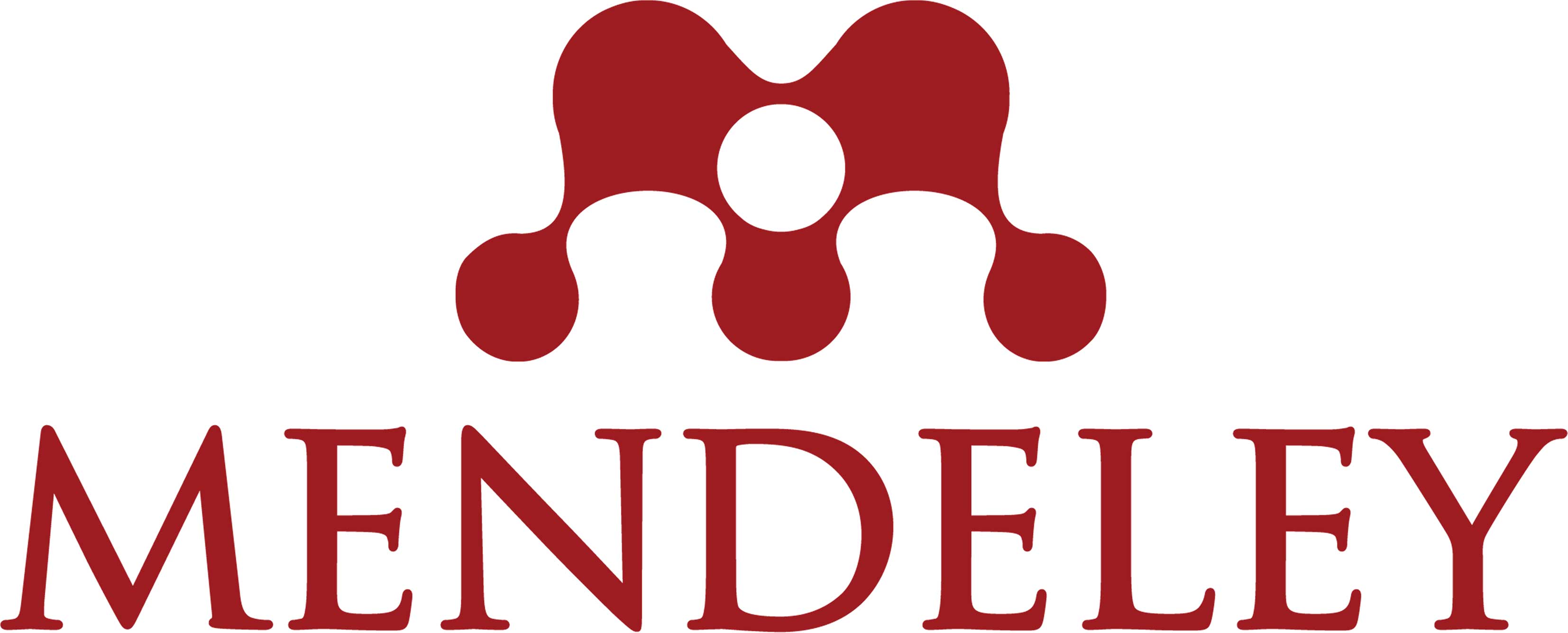APPLICATION OF EMOTIONAL FREEDOM TECHNIQUE (EFT)-BASED RELAXATION TO REDUCE PUBLIC SPEAKING ANXIETY
Abstract
This study examines the description, implementation, and impact of the Emotional Freedom Technique (EFT)-based relaxation in reducing students’ public speaking anxiety at MAN 1 Makassar City. The study’s population consists of 71 students with high and very high public speaking anxiety. The sample includes 7 students in the control group and 7 students in the experimental groups from class XII IPA 6. This research is a quasi-experiment using a pretest-posttest control group design. The research instruments included a public speaking anxiety questionnaire adapted from the theory by Muslimin & Maswan (2021), the Subjective Units of Distress (SUD) scale, observation, and process and outcome evaluation instruments. The data analysis techniques used were descriptive and inferential statistical analysis. The results showed that public speaking anxiety levels in both the control and experimental groups were categorised as high and very high. The treatment implementation included preparation and problem identification, setup, tuning in, tapping sequence, repetition, and role-playing. The Mann-Whitney U test results showed that EFT-based relaxation has a significant effect in reducing public speaking anxiety, with an Asymp. Sig. value of 0.029 ? 0.05. The decision is that H1 is accepted, and H0 is rejected, meaning that EFT-based relaxation can reduce public speaking anxiety among students at MAN 1 Makassar City
References
Beck, J. S. (2020). Cognitive behavior therapy: Basics and beyond. Guilford Publications.
Carnegie, D. (2023). Speak! Mengatasi Rasa Takut Bicara di Depan Umum. Gramedia Pustaka Utama.
Craig, G. (2008). The EFT manual. Energy Psychology Press.
DeVito, J. A. (2019). The interpersonal communication book. Pearson Education.
Dincer, B., Özçelik, S. K., Özer, Z., & Bahçecik, N. (2022). Breathing therapy and emotional freedom techniques on public speaking anxiety in Turkish nursing students: A randomized controlled study. Explore, 18(2), 226–233.
Dwiyanti, T. C. (2024). An analysis of students’speaking anxiety: focusing on the second grade junior high school Malang, Indonesia. Jurnal Penelitian, Pendidikan, Dan Pembelajaran, 19(4).
Ebrahimi, O. V, Pallesen, S., Kenter, R. M. F., & Nordgreen, T. (2019). Psychological interventions for the fear of public speaking: A meta-analysis. Frontiers in Psychology, 10, 431780.
Ellis, A., & Maclaren, C. (2005). Rational emotive behavior therapy (2nd ed.). Impact Publishers.
Erisma, K., & Jannati, Z. (2023). Konseling individu dengan teknik (rebt) dalam mengatasi kecemasan berkomunikasi umum pada remaja. Jurnal Ilmu Sosial, Humaniora Dan Seni, 1(3), 526–528.
Fadli, R. P., Putri, Y. E., Amalianita, B., Zola, N., & Ifdil, I. (2020). Treatment for anxiety using spiritual emotional freedom technique. J Couns Educ Technol, 3(1), 41–46.
Jacobson, E. (1976). You Must Relax. McGraw-Hill.
Liyanage, S., Saqib, K., Khan, A. F., Thobani, T. R., Tang, W.-C., Chiarot, C. B., AlShurman, B. A., & Butt, Z. A. (2022). Prevalence of anxiety in university students during the covid-19 pandemic: a systematic review. Int. J. Environ. Res. Public Health, 19, 62.
Maritza, S. D., & Siregar, A. (2024). The influence of individual counseling services with rebt approach to overcome social anxiety in adolescents at SMPIT Al-Ulum Medan. Tarbiyah Wa Ta’lim: Jurnal Penelitian Pendidikan Dan Pembelajaran, 11(1), 67–76.
Muslimin, K., & Maswan. (2021). Kecemasan komunikasi: mengatasi cemas berkomunikasi di depan publik. UNISNU PRESS.
Oktaviani, V., Santoso, M. B., & Raharjo, S. T. (2021). Pendampingan pada remaja dalam mengatasi cemas saat public speaking menggunakan emotional freedom technique, relaksasi imajinasi dan olah tubuh. Jurnal Penelitian Dan Pengabdian Kepada Masyarakat (JPPM), 2(2), 291–297.
Pandang, A., & Anas, M. (2019). Penelitian eksperimen dalam bimbingan konseling konsep dasar & aplikasinya tahap demi tahap. Badan Penerbit UNM.
Ramadhani, F., Samad, S., & Umar, N. F. (2024). Using positive self talk techniques to increase learning motivation for high school students in Sinjai Regency. Pinisi Journal of Education, 4(4), 132–139.
Rukmala, D., Pandang, H. A., & Umar, N. F. (2022). Penerapan teknik relaksasi untuk mengurangi kejenuhan belajar (learning burnout) siswa di SMA Negeri 10 Bulukumba.
Suharnadi, P., Rasimin, R., Yaksa, R. A., & Ferdiansyah, M. (2022). Penerapan emotional freedom technique (eft) untuk mengatasi kecemasan terhadap orang lain dalam layanan konseling kelompok di SMPN 14 Kota Jambi. Jurnal Pendidikan Dan Konseling (JPDK), 4(6), 10723–10729.
Susilo, M. H. (2020). Lancar Berbicara: practical public speaking with EFT (Emotional Freedom Techniques). Anak Hebat Indonesia.
Walmsley, A. (2023). The distress thermometer: subjective units of distress scale (SUDS). Andreawalmsleycounselling.Com.Au. https://andreawalmsleycounselling.com.au/useful-resources
Wati, N. L., Sansuwito, T. Bin, Riyanto, D., Sustiyono, A., & Musfirowati, F. (2022). The effectiveness of emotional freedom technique on public speaking anxiety in university student: an integrated review. Open Access Macedonian Journal of Medical Sciences, 10(F), 263–268.
Yin, O., Parikka, N., Ma, A., Kreniske, P., & Mellins, C. A. (2022). Persistent anxiety among high school students: Survey results from the second year of the COVID pandemic. PLoS One, 17(9), e0275292.
Copyright (c) 2024 Aulia Wasilah Fathonah Salim, Farida Aryani, Nur Fadhilah Umar

This work is licensed under a Creative Commons Attribution-ShareAlike 4.0 International License.
Authors who publish with this journal agree to the following terms:
1) Authors retain copyright and grant the journal right of first publication with the work simultaneously licensed under a Creative Commons Attribution License that allows others to share the work with an acknowledgment of the work's authorship and initial publication in this journal.
2) Authors are able to enter into separate, additional contractual arrangements for the non-exclusive distribution of the journal's published version of the work (e.g., post it to an institutional repository or publish it in a book), with an acknowledgment of its initial publication in this journal.
3) Authors are permitted and encouraged to post their work online (e.g., in institutional repositories or on their website) prior to and during the submission process, as it can lead to productive exchanges, as well as earlier and greater citation of published work.





